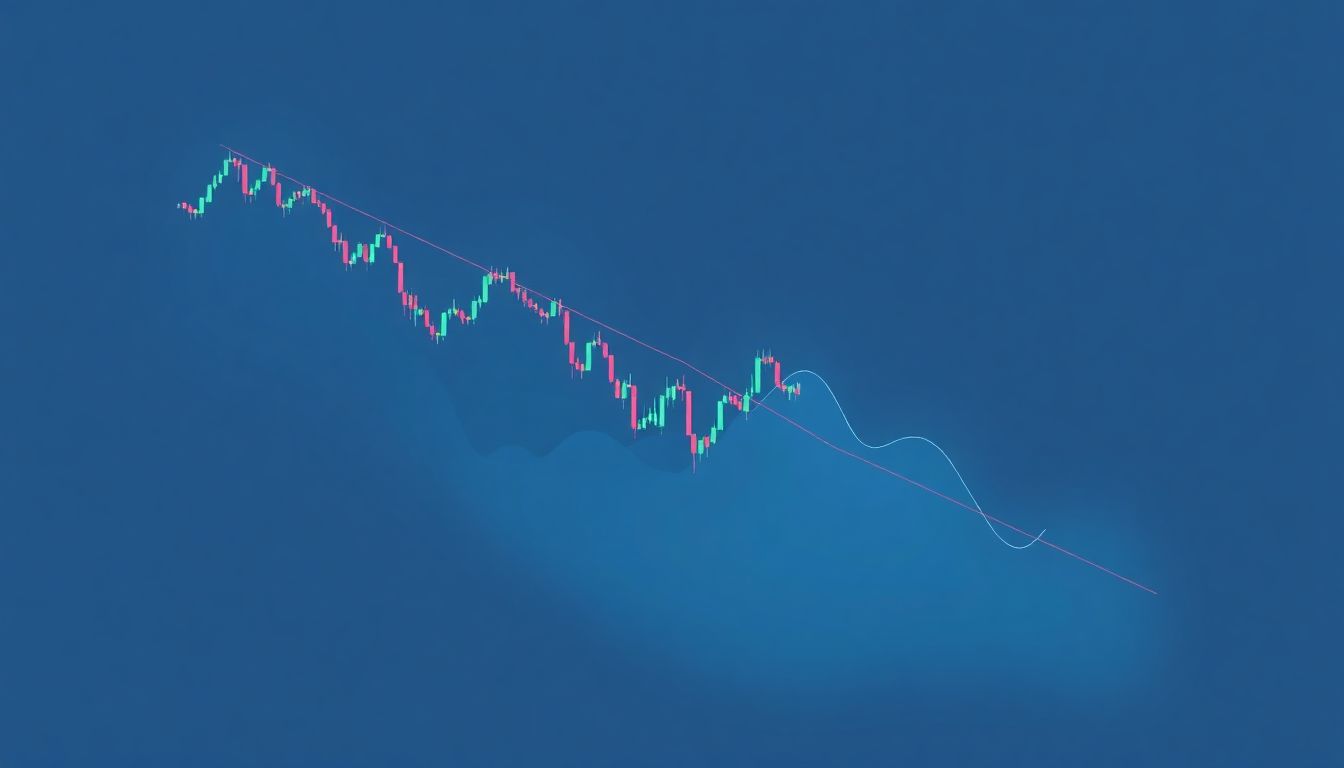Each year, a significant number of forex traders face losses due to mistakes in technical analysis. In fact, studies show that over 75% of retail traders fail within the first few months of trading. This highlights how crucial it is to understand the proper use of technical analysis in forex trading.
Technical analysis enables traders to make educated guesses about market movements by studying price charts, patterns, and indicators. Yet, many traders fall into common traps that can lead to significant financial losses. This article highlights five common mistakes, explaining how to avoid each one.
Ignoring Market Context
Neglecting Fundamental Analysis
Many traders rely solely on technical analysis, which can be limiting. Important news events can move currency prices rapidly. For example, consider how the announcement of interest rate changes by a central bank can drastically affect a currency pair. Ignoring these factors could lead to misjudging trades that seem technically sound.
Overlooking Broader Market Trends
Before making trades, identifying the overall market trend is vital. Whether the market is bullish, bearish, or moving sideways affects how technical indicators should be interpreted. According to a study by Investopedia, recognizing market trends can improve trading outcomes significantly. Always assess the broader trend before diving into technical indicators.
Failing to Account for Economic Calendars
A sound trader checks economic calendars for market-moving events. Major announcements can invalidate existing technical signals. For example, an upcoming inflation report could influence a currency’s value, rendering previous analysis inaccurate. Ignoring these calendars can lead to unexpected trading losses.
Misinterpreting Indicators
Over-Reliance on Single Indicators
Basing decisions on a single indicator can be misleading. This often leads to false signals. For example, a trader might see a moving average crossover and decide to buy, only to watch prices drop shortly after. Relying on multiple indicators helps confirm signals and reduces the risk of false entries.
Incorrect Indicator Settings
Using default settings for indicators without understanding them can lead to mistakes. Customizing settings based on market conditions and personal trading style enhances accuracy. An expert in trading strategies, John Doe, emphasizes understanding each indicator’s parameters and adjusting them accordingly to improve trading outcomes.
Ignoring Indicator Divergence
Divergence between price action and indicators often signals potential trend reversals. For instance, if prices make new highs while an oscillator like the RSI starts to drop, it might indicate weakness in the trend. Observing these divergences can provide crucial insight into possible trend changes.
Poor Risk Management
Neglecting Stop-Loss Orders
Using stop-loss orders is essential in protecting trading capital. A staggering 80% of traders who don’t utilize stop-loss orders end up losing their accounts. Stop-loss orders help limit losses, thus providing a safety net during unpredictable market movements.
Overtrading and Emotional Decisions
Trading based on impulse or the fear of missing out (FOMO) can lead to significant losses. Developing a disciplined trading plan helps in sticking to strategies. Keep emotions in check by setting predefined rules for entering and exiting trades.
Inappropriate Position Sizing
Calculating position size correctly is vital. Position size should align with risk tolerance and account balance. For example, a simple method is to risk 1% of your account on each trade. Using the formula:
Position Size = (Account Balance x Risk Percentage) / Stop Loss Distance
This approach ensures that no single trade can wipe out much of your capital.
Chart Reading Errors
Misinterpreting Chart Patterns
Common errors in identifying patterns, like head and shoulders or double tops/bottoms, can lead to poor decisions. Misreading these patterns can result in missed opportunities or losses. Visual examples can clarify correctly interpreted patterns versus incorrect ones.
Focusing on Noise Instead of Signal
Market noise can be distracting. Traders must learn to filter out irrelevant price movements and focus on meaningful signals. Strategies such as focusing on higher timeframes can help traders distinguish real trends from random fluctuations.
Ignoring Timeframes
Analyzing multiple timeframes is crucial for confirming signals. One timeframe might suggest a buy, while another could indicate a sell. By checking different timeframes, traders can get a more comprehensive view and avoid potential whipsaws.
Lack of Backtesting and Refinement
Failure to Backtest Strategies
Backtesting is vital. It helps evaluate the effectiveness of trading strategies on historical data before risking real money. Research shows that traders who backtest their strategies are more likely to succeed.
Insufficient Journaling and Review
Maintaining a trading journal is beneficial for tracking performance and identifying weaknesses. Regularly reviewing trades helps refine strategies and learn from past mistakes.
Resistance to Adapting Strategies
The forex market is dynamic, and sticking to outdated strategies can be detrimental. Regularly reviewing and adapting strategies based on market changes and performance results is essential for continued success.
Conclusion
Avoiding these five key mistakes—ignoring market context, misinterpreting indicators, poor risk management, chart reading errors, and lack of backtesting—can significantly influence your forex trading success. Stay informed, disciplined, and adaptable to enhance your technical analysis skills. Always seek to improve your understanding for better trading outcomes.








Facebook Comments